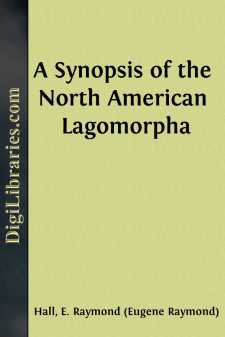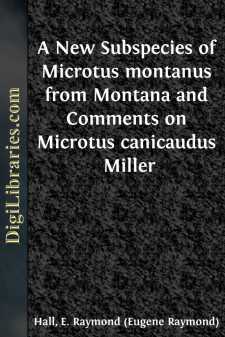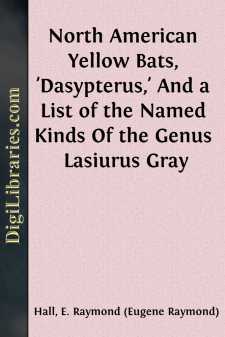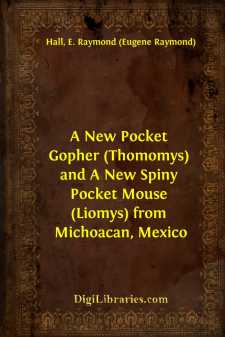Categories
- Antiques & Collectibles 13
- Architecture 36
- Art 48
- Bibles 22
- Biography & Autobiography 813
- Body, Mind & Spirit 141
- Business & Economics 28
- Children's Books 12
- Children's Fiction 9
- Computers 4
- Cooking 94
- Crafts & Hobbies 4
- Drama 346
- Education 46
- Family & Relationships 57
- Fiction 11826
- Games 19
- Gardening 17
- Health & Fitness 34
- History 1377
- House & Home 1
- Humor 147
- Juvenile Fiction 1873
- Juvenile Nonfiction 202
- Language Arts & Disciplines 88
- Law 16
- Literary Collections 686
- Literary Criticism 179
- Mathematics 13
- Medical 41
- Music 40
- Nature 179
- Non-Classifiable 1768
- Performing Arts 7
- Periodicals 1453
- Philosophy 64
- Photography 2
- Poetry 896
- Political Science 203
- Psychology 42
- Reference 154
- Religion 513
- Science 126
- Self-Help 83
- Social Science 81
- Sports & Recreation 34
- Study Aids 3
- Technology & Engineering 59
- Transportation 23
- Travel 463
- True Crime 29
Comments on the Taxonomy and Geographic Distribution of Some North American Rabbits
Description:
Excerpt
IN preparing maps showing the geographic distribution of North American lagomorphs, some conflicting statements in the literature have led us to examine the pertinent specimens of the Florida cottontail and the Audubon cottontail with results as given below. The study here reported upon was aided by a contract between the Office of Naval Research, Department of the Navy, and the University of Kansas (NR 161–791). Unless otherwise indicated, catalogue numbers are of the United States National Museum and most of the specimens are in the Biological Surveys collection of the Fish and Wildlife Service. Grateful acknowledgment is made to persons in charge of the collections for permission to use the collections under their charge.
Sylvilagus floridanus similis Nelson
1907. Sylvilagus floridanus similis Nelson, Proc. Biol. Soc. Washington, 20:82, July 22.
Some confusion has existed concerning the subspecific identity of the Florida cottontail in Nebraska because of the way in which Nelson recorded specimens in his "The Rabbits of North America" (N. Amer. Fauna, 29:fig. 11, and pp. 169–174, August 31, 1909). He (op. cit.:174) listed the following specimens under the western subspecies, S. f. similis: Two topotypes (Nos. 87784 and 18738/25532) and of course the type; the specimen (No. 116288) from the Snake River [= Snake Creek of maps], 11 mi. NW Kennedy; two from Neligh (126074 and 151438); and one (probably 18680/25410) from Kennedy. But, he listed (op. cit.:172) under S. f. mearnsi, the eastern subspecies, a specimen (10721) from Brownlee, and two from Kennedy. One of the two from Kennedy probably was the one that is recorded in the files of the U.S. Fish and Wildlife Service as "identified by Cary. spec. in Univ. Nebraska". The other, or third, specimen from Kennedy, we judge, did not exist at all but was recorded by Nelson because a card in the reference file, under Kennedy, Nebraska, in addition to No. 18680/25410, carried a second entry, a number 3471X. The latter is the X-catalogue number of specimen No. 116288 from the Snake River! The X-catalogue is used in place of a field catalogue for specimens sent to the mammal collection of the United States Fish and Wildlife Service, by persons who do not keep regular field numbers of their own. It seems that Nelson prepared (or had prepared) his lists of specimens, at least in part, from cards rather than from the labels on the specimens themselves. Some further confusion as to names that Nelson intended to apply to cottontails in Nebraska resulted from the fact that his map (op. cit.:fig. 11) indicated that the localities mentioned above for S. f. mearnsi were within the geographic range of S. f. similis.
Our comparison of each of the Nebraskan specimens with specimens of S. f. mearnsi in comparable pelage from Iowa and with the type and topotypes of S. f. similis reveals that each of the specimens of which catalogue numbers are given above is clearly referable to Sylvilagus floridanus similis.
Because some mammalogists have suspected that intergradation between Sylvilagus floridanus similis and Sylvilagus nuttallii grangeri occurs along the eastern base of the Rocky Mountains, we have examined specimens which may throw light on this matter.
From S. f. similis (holotype and three topotypes), S. n. grangeri (eight practical topotypes from Redfern, South Dakota) differ as follows: Throat patch darker; hind foot shorter; ear (dry) from notch longer; rostrum narrower; posterior extension of supraorbital process enclosing a longer and wider space between it and the braincase; superior border of premaxilla straight in profile instead of convex dorsally; tympanic bullae more inflated; external auditory meatus larger (diameter of the meatus more, instead of less, than crown length of upper molars); posterior border of palate without, instead of with, spine....












